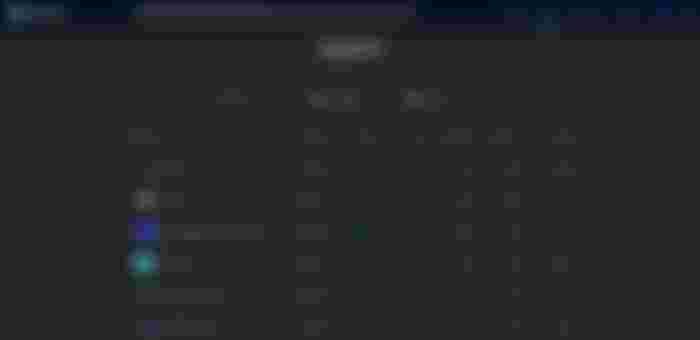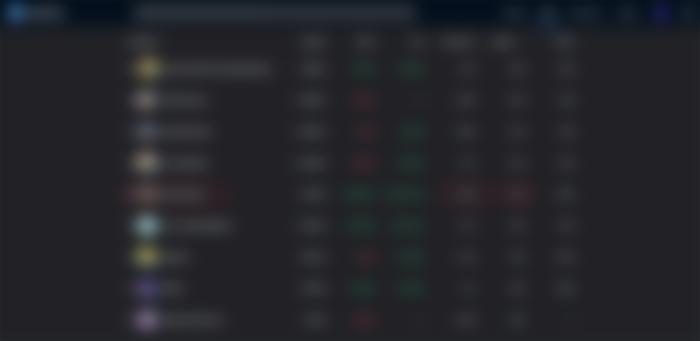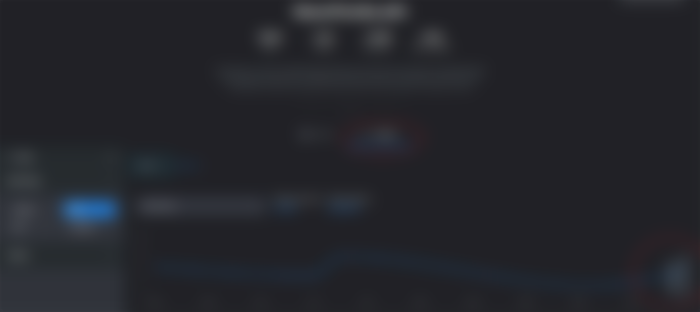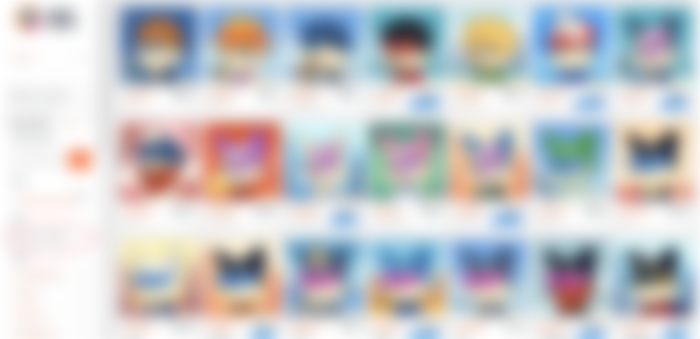My definitive strategy for flipping NFTs on OpenSea
Picture this: A friend has been making hefty profits off of NFTs, becoming an early adopter of popular projects like BAYC and CryptoPunks. He also flips undervalued projects in the secondary market for 10x value. This stream of income has been more than enough for him to quit his 9-5 job.
You never believed in him though. How can it be possible to make a living off of NFTs? It just doesn't make sense. Can't you screenshot an NFT and sell it for money?
Your friend's always trying to get you into the world of NFTs. He keeps on saying things like "We're all gonna make it man" and "Bro, I gotta cope now after cashing out of PA."
He's also been oddly cheerful for the past year, texting you things like "GM" and "GN fren" as if he were a clingy ex. Can this guy stop with all the unnecessary jargon 😡.
You don't know what any of this means, but you have money to spare, $400 to be exact. So why not learn a bit about NFTs and try your luck.
Let me be that friend for you. Except, let me put out a quick disclaimer before getting into the nitty-gritty:
I got into NFTs in Q4 of last year. So no, I don't own any BAYC or CryptoPunks. But I actively flip collections without working my ass off to get whitelisted.
Instead, I wait until public sale, pick up low-floor projects with high community engagement, and ape into those.
Enough of the chit-chat. Let's get into the details.
Risks involved
Before we get started, you must understand the risks involved with NFTs. At the moment, the utility offered by most projects fall under the basics like merch, 2nd collections, staking, and other incentives to keep holders enticed.
Besides that, most utility comes from promises. For example, blue-chip projects predict they will integrate with metaverse platforms like Decentraland and Sandbox this year. But for now, it's just a vision.
If you invest in NFTs, you're buying into the hype. You're also becoming a member of a tight-knit, good vibes community.
Just know that there is a massive amount of volatility within the NFT market. Also, most projects fail or never reach their true potential.
So if you have disposable income to spare, go ahead, try your luck. Remember though: The chances of losing your initial capital are high. I've lost hundreds of dollars in NFTs. Big-shots have lost thousands.
Now that we got that out of the way, how do you find the right project?
Finding the right project
First, head over to OpenSea and connect your MetaMask wallet.
Once done, click on the Stats tab at the top-right and select Rankings.
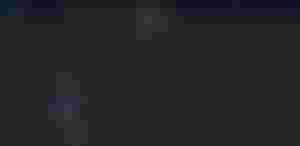
You should see this screen.
Now, sort the ranking by Owners. Click once on Owners and it'll sort from highest to lowest!
Your goal here is to look for collections with an owner-to-asset ratio (O/A ratio for short) within the 2.8k+ range. I generally look for projects with an O/A ratio of around 28-35% (or 2.8k to 3.5k owners).
Why should you be looking for this, though?
Well, a popular measure of success for NFT creators is a 50%-or-over O/A ratio for their collection. This is a benchmark within the NFT sphere because the community:
Believes that the floor will continue to rise
Believes in the future of the project
Collects the project's NFTs because of the artwork
Actively creates user-generated content (UGC) on Twitter and Discord to further promote the project
Expands the network effect on a broad scale
So if you see a project in its infancy with increasing ownership, this is a sign that the project could increase in floor price over the next couple of days. But, again, definitely not a guarantee.
In a bit, we'll be taking a look at how to check for other signs of promising growth.
Floor price
Now it's time to look at the floor price and volume for the project, as this is where you seek undervalued projects within your price range.
I would recommend looking for projects under the Ξ0.1 mark. If you can find one for even less, great!
In this article, I will be using NounPunks.eth as an example. From the image here, you can see that:
Ownership is at 3.4k
Floor price is at Ξ0.08
Volume is under the 1k mark
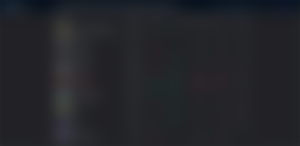
Looks promising!
Volume
Another key indicator to measure a project's potential is volume. If the collection is in OpenSea's top rankings with either no drop or a steady climb in volume, then the project is still in its early phases and has healthy market growth. Exactly what you want to see!
To see the historical volume of a specific NFT collection, head over to their OpenSea and click Activity.
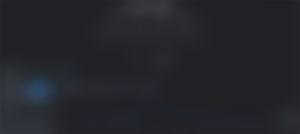
In this case, NounPunks.eth hasn't seen any action until right after the New Year. Weird. Let's take a look at the other stats to compare.
It seems like there has been some sort of hype building up with this project, right? A 1,337,527% increase in volume over the past week? Well, that's because there was no significant volume before. Don't get mesmerized by the numbers.
I live by this golden rule: When it's too good to be true, don't FOMO in.
To further support my argument, it's time to research the project's socials and website.
The first stop in my social media research strategy—Twitter is where the larger NFT community resides. It's where community members, new and old, find upcoming projects from shill threads, giveaways, UGC, and retweets.
You can head over to the project's linked website to get a grasp on the direction of the NFTs. You can also join their Twitter Spaces to learn more about the creator of the project and the team behind the development (also called the devs).
This is on a good day though. Most of the time, you'll get a high follower count in the thousands with only a couple of comments under a regular tweet. Ignore giveaway tweets as they always get high engagement.
Or you'll find pages with inorganic growth; Instead of authentic comments under each post, you'll have people commenting "LFG" and "👀👀👀."
These two situations occur because a large portion of creators purchase follower bots and/or commenting bots to give the illusion that their collection is hyped up.
Be extremely cautious of these pages, as you can get rugged (aka scammed) with no hesitation.
In summary:
Look at their follower count.
Check the amount and authenticity of the community's comments under each regular tweet.
Scan all the dev's posts to see how involved they are in the project.
See what the community is saying through hashtags and general sentiment.
Discord
Phase 2 of NFT social media research. Discord servers are where the project's fans, holders, potential buyers, and supporters chill and chat. It's the heart of the NFT collection. As a result, it tends to be larger than the artwork's Twitter page.
Discord has a polished UI which allows for easier and quicker knowledge-gathering. For example, you can look at the project's roadmap, number of WL (whitelisted) members, announcements, and much more.
I would recommend you first head into the general chat and see how many messages are being sent per minute. Just like with Twitter, you also want to render out inauthentic/botty chatter.
Look at how the community interacts. Are they supportive of one another? Do they share a common language amongst each other?
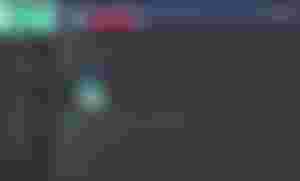
For example, in the Alien Frens server, members refer to themselves as "frens" and treat each other with the utmost respect. The server lives by the "good vibes only" motto. No bad vibes are tolerated.
The website
There should be a link to the project's website on their Twitter page. Once you access the webpage, prioritize reading about the team and the roadmap.
I've noticed that projects with known team members in the NFT sphere tend to get propped up in the market. Popular influencers often leverage their following to help create their own project.
Also, team members with years of experience in relevant fields like startups, design, or digital marketing, to name a few, and without hiding behind a metaverse identity, often decrease the chances of rug pulls and project failure as their reputation is on the line.
When analyzing the project's roadmap, ask yourself: What are the devs' plans for the collection? Is it comprehensive, or is it half-assed? Do they have a list of partners they would like to collaborate with? Are they standing behind a good cause?
These are all questions you should be asking yourself when reading the roadmap.
Another golden @wholelottajuju rule: The more comprehensive the roadmap, the lower the chance of failure.
A stellar example of a well-built roadmap is Psychedelic Anonymous:
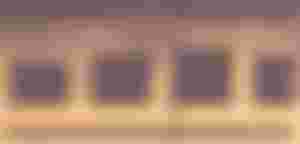
One more thing, how is the website designed? Does it have an identity, and more so, is it robust? Single-page websites with minimal amounts of information could be a rug pull!
When conducting social media research, stick to your gut feeling. If it sounds too good to be true and if the project has a short-term roadmap, DO NOT INVEST! You could lose all your money.
So @wholelottajuju, I found a project that ticks all of the checkboxes for organic social media growth with a strong community, gorgeous website, and a sophisticated, long-term roadmap. So how do I buy into the project?
Finding a steal
Let's say theoretically, NounPunks.eth is a strong buy. Mind you, I did not research this collection at all... stay with me here.
You could simply buy a floor-priced NFT in the collection and hold onto it until you see growth.
Opting for this method has its pros and cons. For one, if the floor price rises, so will the value of your NFT. Also, you're not throwing more liquidity into the collection like if you were to purchase a rare NFT for a higher price. This reduces your financial position and de-risks your entire NFT portfolio.
On the other hand, purchasing a rare NFT is high risk/high reward. If the floor pushes up, you could see the value of your NFT exponentially rising as enthusiasts only want the rarest of the collection. But, rare NFTs come at a higher price tag.
Why not just take the best of both worlds to avoid any of these cons? That's right, purchase an NFT at a steal!
There are a couple of methods you can use to find a steal for a rare NFT item:
You could use tools like raritysniper or rarity.tools to scan for items with rare traits and a high rarity rank within your price range.

Here, I sorted by highest to lowest rank and scanned all buy offers until I reached my price range.
You could also go onto OpenSea, select a couple of rare traits, and look for buy offers within your price range.
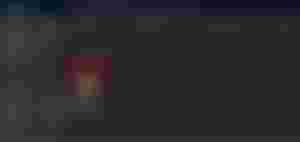
The latter is the strategy I use whenever I have the time since it gives you the best bang for your buck. However, if you find that selecting 2+ rare traits filters only one or two items in the entire collection, stick to just one rare trait.
Then all you have to do is carry on with your web browsing, blogging, tweeting... whatever you do on the Internet at night. Every minute or so, go back to the OpenSea tab and CTRL+R or hit refresh.
In a couple of hours, you're bound to find an item at floor price with the rare trait you selected. Fortunately, some individuals don't know the value of rarities and are often content with flipping the item off of floor price.
My preference for this strategy is Buy Now auctions as English auctions can take forever.
The end
And that's it! Hopefully, you're able to land your first big win flipping an NFT off of public sale.
For my last golden rule, I'll stick to an Argentine saying: "Más vale pájaro en mano que cien volando", which translates to: "One bird in hand is worth more than one hundred flying"
What does this mean? Take profits. Don't be greedy.
Yes, it sucks to see an NFT you bought at Ξ0.08 and sold at Ξ0.6 shoot up to Ξ1.5 days after you auctioned off the item. But you made a profit. So be proud of yourself; that's all the matters. It's all about the baby steps.
Good luck in your endeavours!
Sources:
I am not a financial advisor. Please do your own due diligence before making a decision based on my article, as I am not responsible or liable for your investment decisions.
